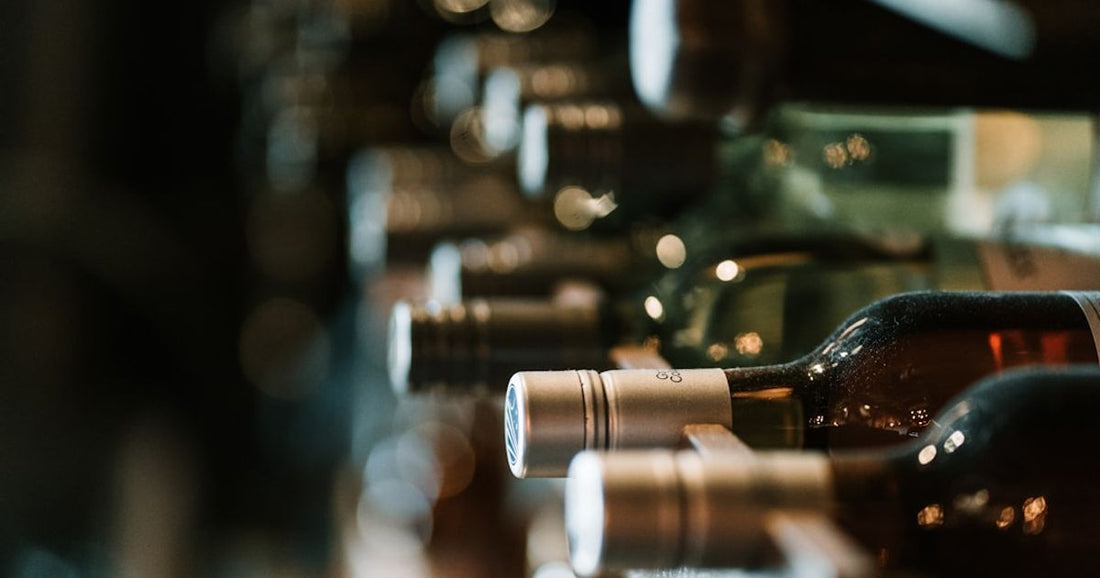
Vintage Variation in Ribera del Duero Wines
Share
Vintage variation is a fascinating aspect of winemaking that can significantly affect the taste, aroma, and overall quality of wine. This is particularly true in regions like Ribera del Duero, where the unique climatic conditions and terroir play a pivotal role in shaping the character of its wines. In this article, we will delve into the secrets behind vintage variations in Ribera del Duero wines, exploring how different factors influence these variations and how they, in turn, impact the wine's taste and quality. Whether you're a seasoned oenophile or just beginning to explore the world of wines, understanding vintage variations will deepen your appreciation for Ribera del Duero's exquisite offerings.
Key Takeaways
- Understanding Vintage Variation: Vintage variation refers to the differences in wine characteristics from year to year, primarily due to changes in weather and climate conditions.
- Impact on Ribera del Duero Wines: These variations can significantly affect the taste, aroma, and quality of Ribera del Duero wines, making some vintages more sought after than others.
- Factors Influencing Vintage Variation: Climate, vineyard location, viticulture practices, and winemaking techniques all play a role in how a vintage turns out.
- The Role of the Winemaker: Skilled winemakers can mitigate some of the challenges posed by difficult vintages, ensuring quality remains high.
- Vintage Ratings: While vintage ratings provide a general guide to the quality of a wine year, personal preference and the specific characteristics of a wine should also guide your choices.
The Influence of Climate on Vintage Variation
Climate is the most significant factor affecting vintage variation, especially in a region as climatically diverse as Ribera del Duero. The area experiences extreme temperature fluctuations, with hot summers and cold winters, which can greatly influence the ripening process of the grapes and, consequently, the flavor profile of the wine.
Temperature and Ripening
Temperature plays a crucial role in grape development. Warmer years typically result in grapes that are riper and have higher sugar levels, leading to wines with higher alcohol content and fuller bodies. Conversely, cooler years might produce wines that are more acidic and fresher, with subtler fruit flavors. This variation can significantly impact the taste and aging potential of Ribera del Duero wines.
Rainfall and Harvest
Rainfall is another critical climate factor. Excessive rain close to harvest can lead to diluted flavors and increased risk of disease, while drought conditions can stress vines, potentially concentrating flavors but also risking underripe grapes. The timing and amount of rainfall can therefore dramatically affect the vintage's quality.
The Role of Terroir and Viticulture
While climate sets the stage for vintage variation, the specific terroir of a vineyard and the viticulture practices employed can significantly influence how those climatic conditions are expressed in the wine.
Vineyard Location and Microclimate
The location of a vineyard within Ribera del Duero can result in vastly different microclimates, even within relatively short distances. Vineyards at higher elevations might have cooler temperatures and longer growing seasons, leading to wines with more balanced acidity and complexity. The soil composition also plays a vital role, affecting water retention, vine health, and grape quality.
Viticulture Practices
Viticulture practices, such as pruning, canopy management, and harvest timing, can help mitigate or accentuate the effects of the year's climate. For instance, careful canopy management can protect grapes from excessive sun exposure in hot years or maximize sunlight in cooler years. The decision of when to harvest is also crucial, as it can affect the balance between acidity, sweetness, and phenolic maturity in the grapes.
Winemaking Techniques and Vintage Variation
Once the grapes are harvested, the winemaker's decisions and techniques can further influence how vintage variations are expressed in the final wine.
Fermentation and Aging
Winemakers might adjust fermentation temperatures or durations to compensate for underripe or overripe grapes. The choice of aging vessels (oak barrels, stainless steel tanks, etc.) and the length of aging can also be tailored to the characteristics of a particular vintage, enhancing or moderating certain flavors and textures in the wine.
Blending for Consistency
Blending is another tool winemakers use to manage vintage variation. By blending wines from different vineyards, grape varieties, or even years, winemakers can create a more consistent product year over year, smoothing out some of the variations that might otherwise be more pronounced.
Navigating Vintage Ratings
While vintage ratings can provide a useful overview of a year's general quality, they should not be the sole factor guiding wine purchases. The unique characteristics of a particular wine, the style preferences of the drinker, and the specific circumstances of each vineyard can all influence how a vintage is perceived.
Understanding Vintage Ratings
Vintage ratings are typically based on the overall climatic conditions and how they affected the region's wines in general. High ratings indicate years with favorable conditions, while lower ratings might suggest more challenging conditions. However, these ratings are broad generalizations and may not apply equally to all wines from the region.
Personal Taste and Preferences
Ultimately, the best vintage is often a matter of personal taste. Some wine enthusiasts might prefer the robust, fuller-bodied wines from warmer vintages, while others might appreciate the subtlety and freshness of wines from cooler years. Experimenting with different vintages can be a rewarding way to discover your own preferences and explore the diversity of Ribera del Duero wines.
In conclusion, vintage variation is a complex interplay of climate, terroir, viticulture, and winemaking techniques that can significantly influence the taste and quality of Ribera del Duero wines. By understanding these variations and how they affect wine, enthusiasts can deepen their appreciation for the art and science of winemaking. Whether you're selecting a bottle for a special occasion or simply exploring different vintages, keeping an open mind and experimenting with various years can lead to delightful discoveries and a greater appreciation for the nuances of Ribera del Duero wines.


